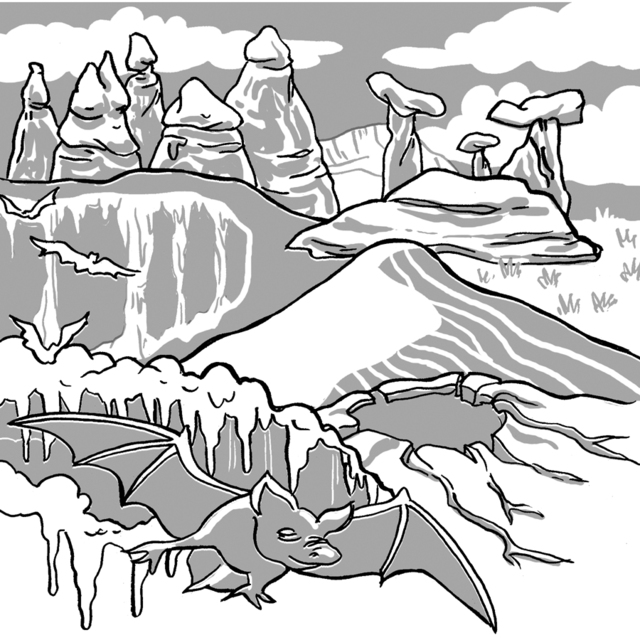Carlsbad Caverns National Park
 Julia Minamata juliaminamata.com
Julia Minamata juliaminamata.com
Latest Article|September 3, 2020|Free
::Making Grown Men Cry Since 1992

 Julia Minamata juliaminamata.com
Julia Minamata juliaminamata.com


Julia Minamata juliaminamata.com
